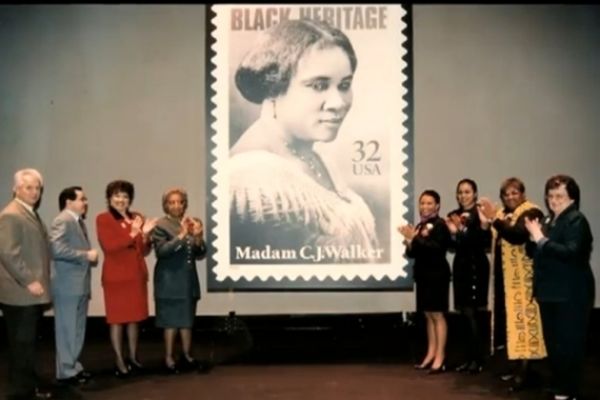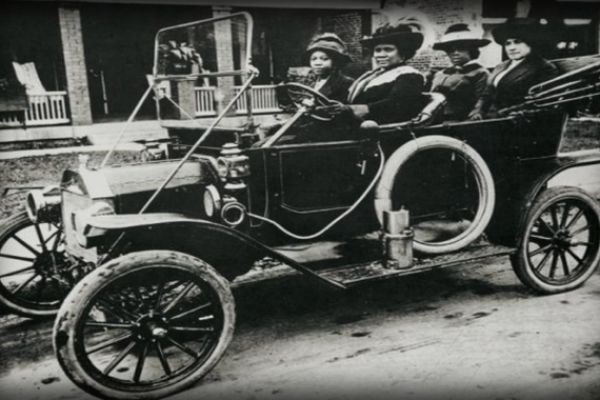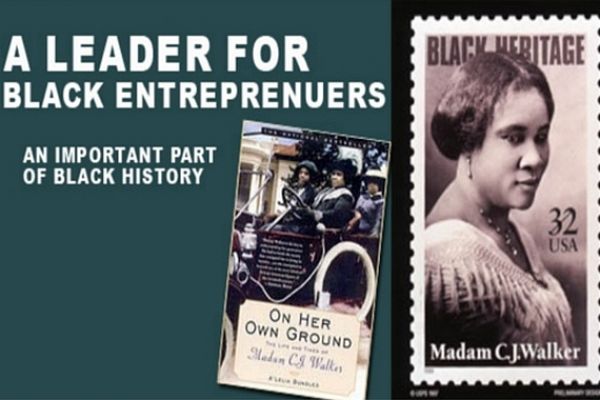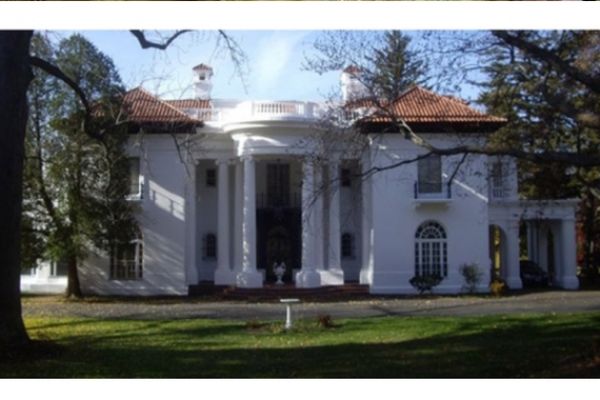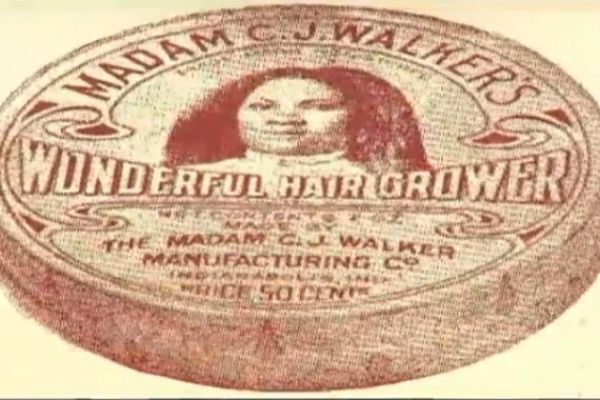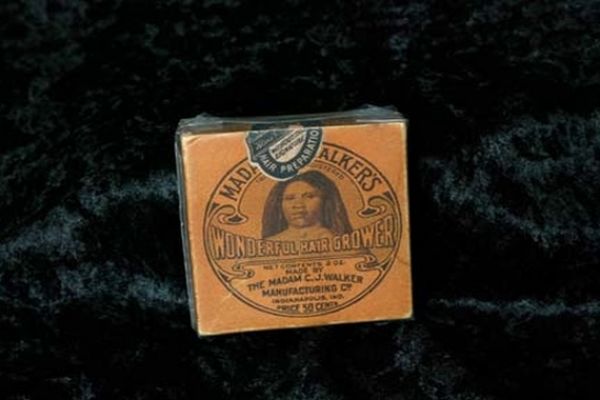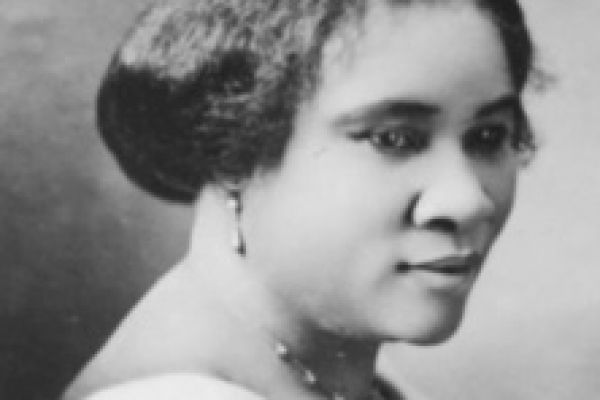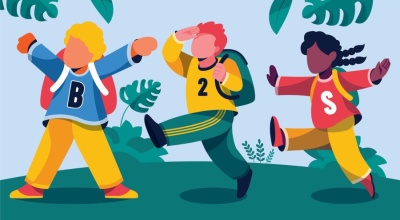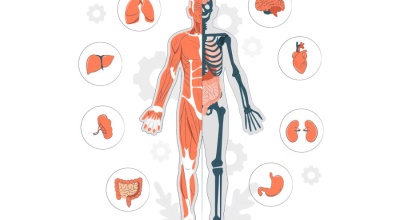Sarah Breedlove (December 23, 1867 – May 25, 1919), known as Madam C.J.Walker, was an American entrepreneur and philanthropist, regarded as the first female self made millionaire in America. She made her fortune by developing and marketing a successful line of beauty and hair products for black women under the company she founded, Madam C.J. Walker Manufacturing Company.
| Born | Sarah Breedlove December 23, 1867 Delta, Louisiana, United States |
|---|---|
| Died | May 25, 1919 (aged 51) Irvington-on-Hudson, New York, United States |
| Cause of death | Kidney failure |
| Resting place | Woodlawn Cemetery (Bronx, New York) |
| Residence | Villa Lewaro, Irvington-on-Hudson, New York |
| Nationality | American |
| Ethnicity | African American |
| Occupation | Businesswoman, hair-care entrepreneur, Philanthropist, and Activist |
| Denomination | Protestant (African Methodist Episcopal Church) |
| Spouse(s) | Moses McWilliams (married 1882–1887) John Davis (married 1894–ca. 1903) Charles Joseph Walker (married 1906–1912) |
| Children | A'Lelia Walker |
| Parent(s) | Owen and Minerva Breedlove |
| Website | www.madamcjwalker.com |
Madam C. J. Walker was selling her products throughout the United States. While her daughter Lelia (later known as A'Lelia Walker) ran a mail order business from Denver, Madam Walker and her husband traveled throughout the southern and eastern states. They settled in Pittsburgh in 1908 and opened Lelia College to train "hair culturists." In 1910 Walker moved to Indianapolis, Indiana where she established her headquarters and built a factory.
She began to teach and train other black women in order to help them build their own businesses. She also gave other lectures on political, economic and social issues at conventions sponsored by powerful black institutions. After the East St. Louis Race Riot, she joined leaders of the National Association for the Advancement of Colored People (NAACP) in their efforts to support legislation to make lynching a federal crime. In 1918 at the biennial convention of the National Association Of Colored Woman (NACW) she was acknowledged for making the largest contribution to save the Anacostia (Washington, DC) house of abolitionist Frederick Douglass. She continued to donate money throughout her career the NAACP, the YMCA, and to black schools, organizations, individuals, orphanages, and retirement homes.


